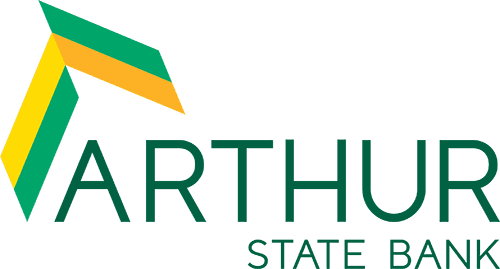When it comes to long-term financial goals, saving up for a quality college education is a top priority for many parents of school-age children. And considering that the average in-state public four-year college now charges more than $10,000 a year for tuition alone, the savings process for achieving this goal is one that should start as early as possible for most families.
6 tips for easing the college-savings burden
To give parents a rundown on the basics of savings for college, we’ve already posted a blog article providing insights on when to start saving and how much to save each month, along with a quick summary of the most common types of college-savings vehicles. And to expand upon this resource, we wanted to provide some extra help to make the process of saving and paying for college easier.
Consider these six tips for stretching your current or soon-to-be higher-education student’s college-tuition dollar:
- Seek out scholarships — Whether they’re awarded for academics, athletics or extracurricular activities, scholarships can significantly cut down on college costs — as they essentially amount to free money for college (or a trade or vocational school) that doesn’t have to be paid back. Especially if your child can earn multiple scholarships, even the small ones can add up to deliver big savings. So encourage your child to seek out and apply for as many scholarships as possible. The S. Department of Education’s studentaid.gov website offers a range of resources that can be helpful in tracking down and applying for scholarships.
- Explore your aid options — Any student bound for college or graduate school should fill out a FAFSA (Free Application for Federal Student Aid) form. The form is free for prospective college students to fill out, and it can provide helpful information on any money-saving federal grants, work-study programs, state aid and school aid that may be available to the applicant. Be aware: There is a deadline for filling out the form for each school year (June 30 in 2023), so timely form submission is important.
- Enroll in AP classes — If your student has the opportunity to take Advanced Placement (AP) classes in high school, completing them can deliver college savings. That’s because AP classes often offer college-course credits before the student graduates high school — resulting in one less class to have to take (and pay for) once in college. If your child is unsure about whether his or her high school offers AP classes and whether he or she may qualify for them, consulting with an academic counselor at the school can be a great way to get these details.
- Consider a less-expensive college choice — Sure, an Ivy League education or a college career on the West Coast may be the dream. But attending an in-state school that offers the same degree programs can be significantly less expensive for most students, as out-of-state tuition costs are generally much higher than in-state tuition costs. Further, staying closer to home will cut down on moving costs and travel expenses over the long haul.
- … and living at home (at least early on) — If you live in a place with a community college or four-year college either in town or within a short driving distance, you can likely save money on tuition, room and board by attending the local school and living at home, at least for the first couple years of college. Then, if your student chooses to move to another place to complete his or her four-year college degree, he or she can typically transfer all or most of the credits earned locally to the new school when the time comes.
- Supplement the savings with a job — Whether it’s a part-time job during the week after classes are complete, full shifts on the weekend or a full-time job over the summer, taking on employment will help your student in several ways. Not only can the earnings be used to pay for tuition, room or board at college, but the experience will also look great on the resume — which could be helpful when looking for that first job after graduation.
Proudly serving South Carolina since 1933, Arthur State Bank offers accounts and services to meet a variety of financial needs. To help you achieve all your financial goals, the bank offers in-person service as well as a range of convenient digital solutions. To learn how Arthur State Bank can help you with banking needs ranging from checking and savings to retirement accounts, mortgages, other personal loans and more, visit arthurstatebank.com.






















